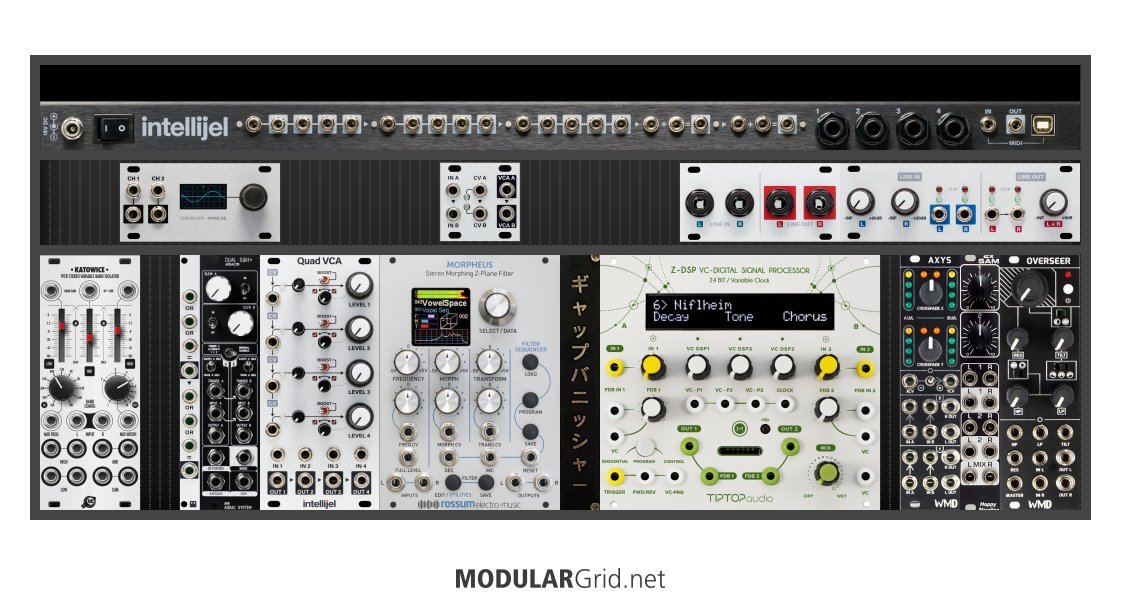Hello Subharmonicon wizards,
I prefer controlling the pitch of my Subharmonicon with external MIDI instead of the internal sequencers. While doing this, I have to have the Play button unlit, or else the envelopes won't trigger. However, now I feel like I'm wasting a pair of great 4-step sequencers here that I could use to control other parameters. Ideally, I would like to clock the sequencers with the MIDI clock or an external analog clock signal, but without the resulting trigger overriding or otherwise interfering with my MIDI sequence. Currently, when Play is lit, the internal sequencers advance, but my external sequence doesn't get through. When Play is unlit, the external sequence goes through, but the internal sequencers don't advance. Damned/mildly inconvenienced if I do it, damned/mildly inconvenienced if I don't.
Does anyone have a solution for this? There are two SysEx files at the Moog website, labeled subharmonicon_seq_transport_on / off, respectively, but the forum page with instructions or comments on their exact workings does not exist anymore. Does anyone know if these could help? Is there another way to hack it?
Regards


